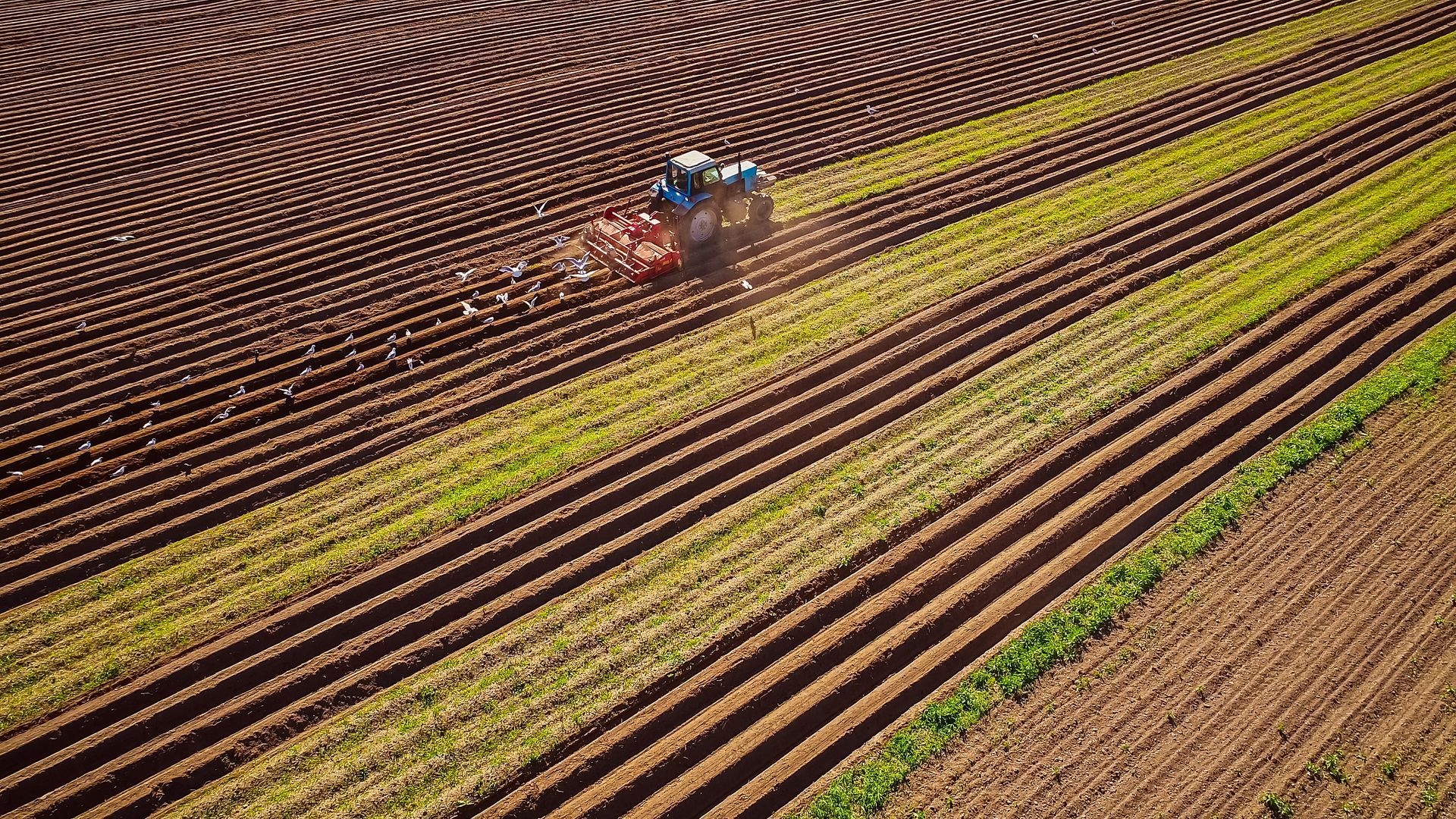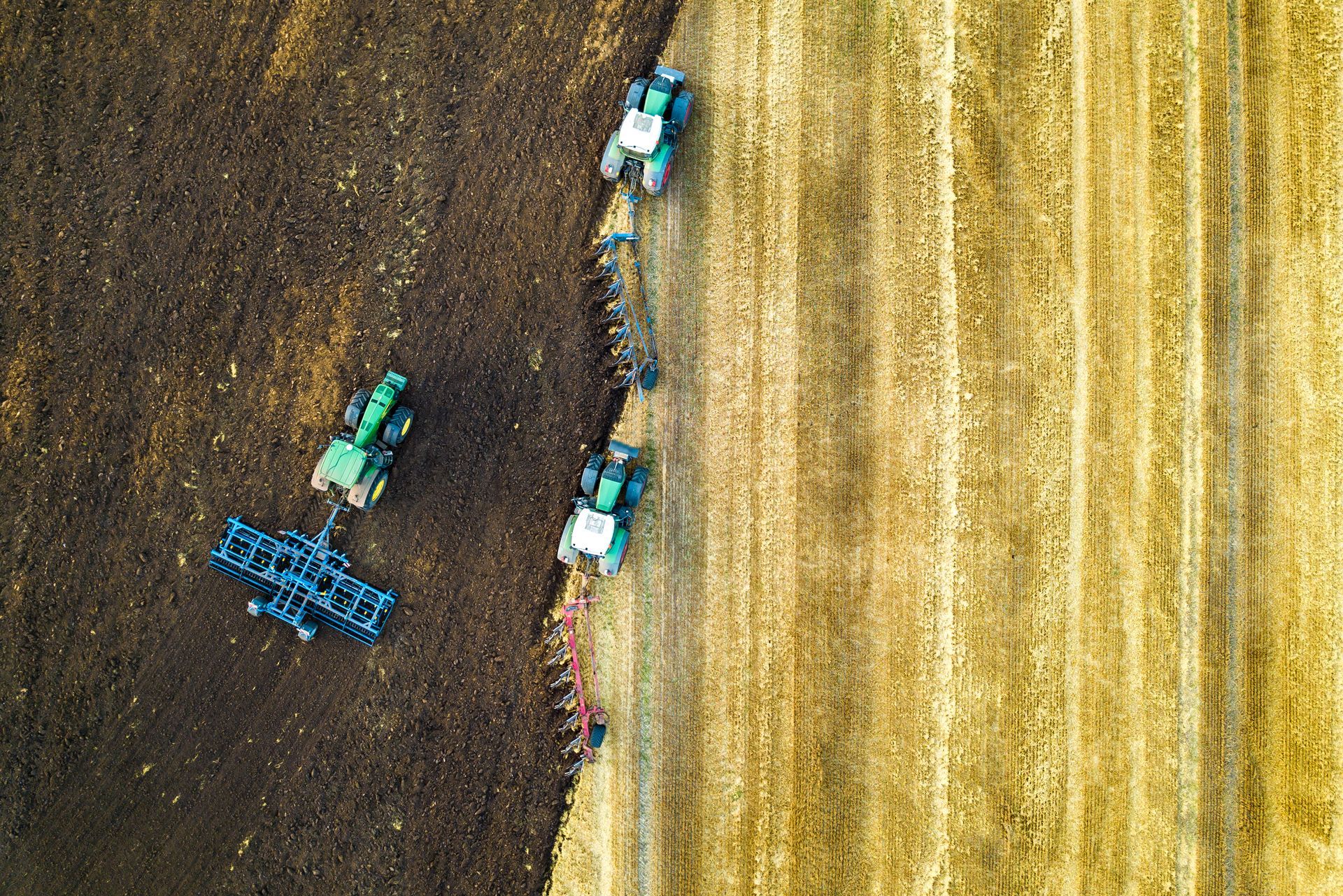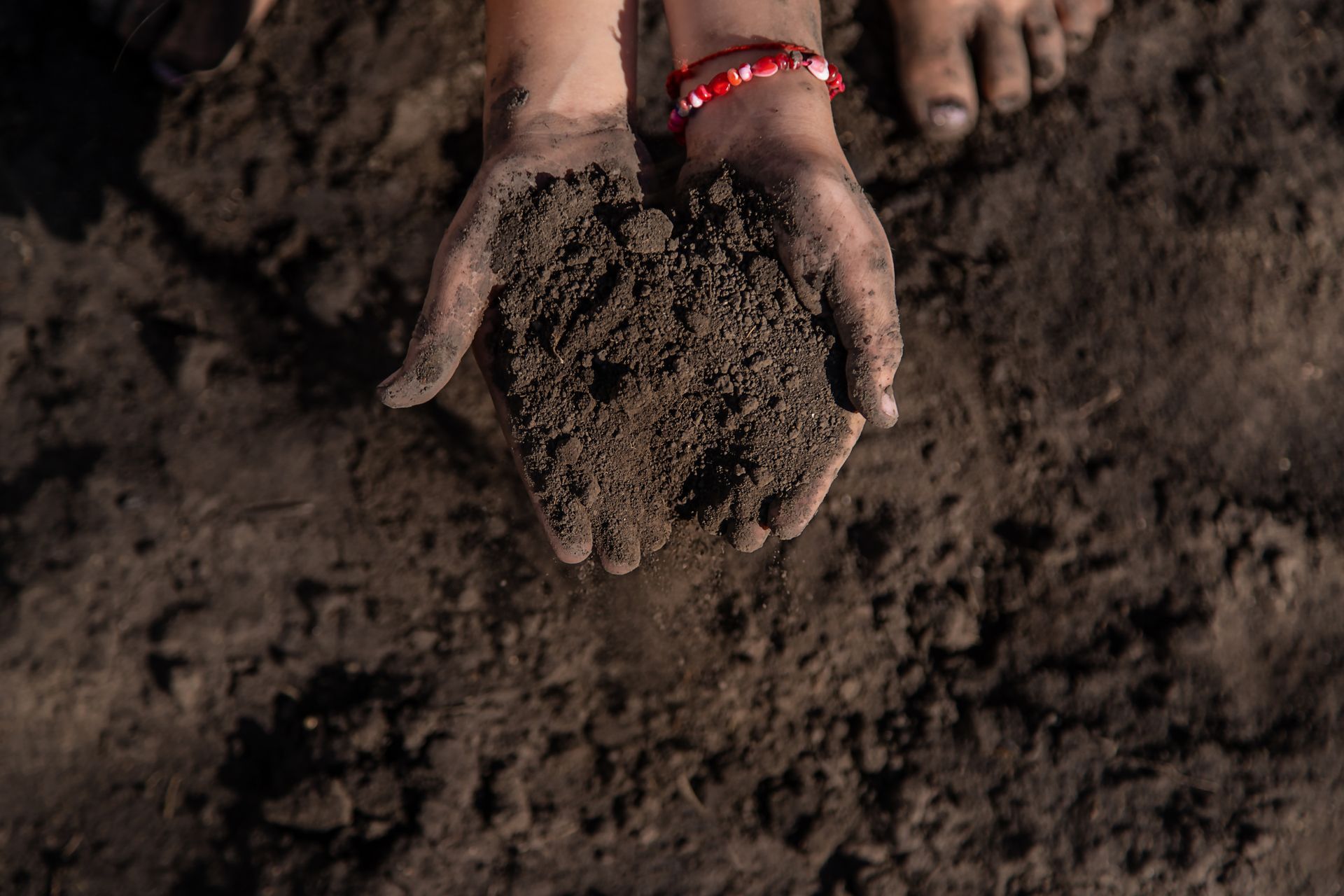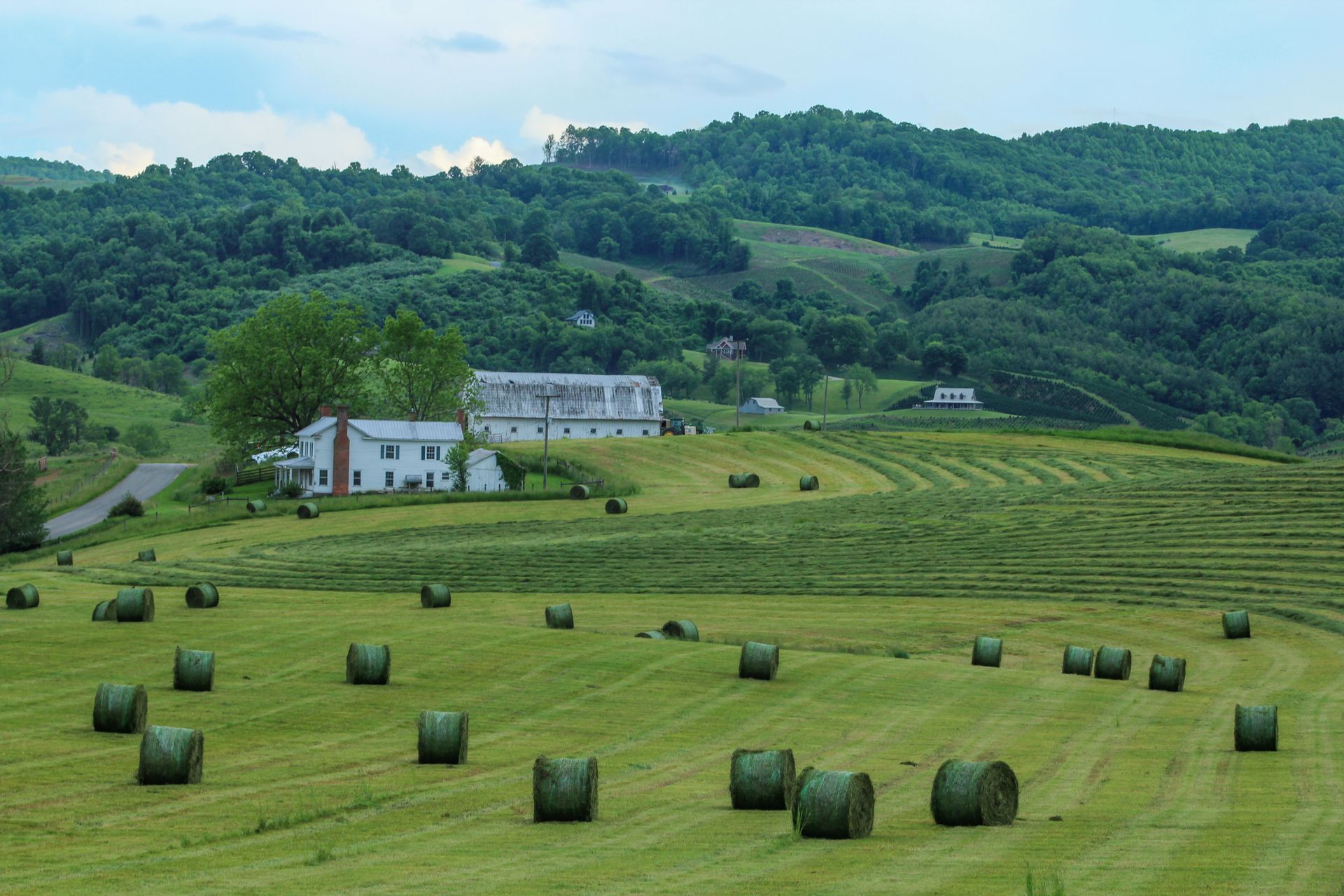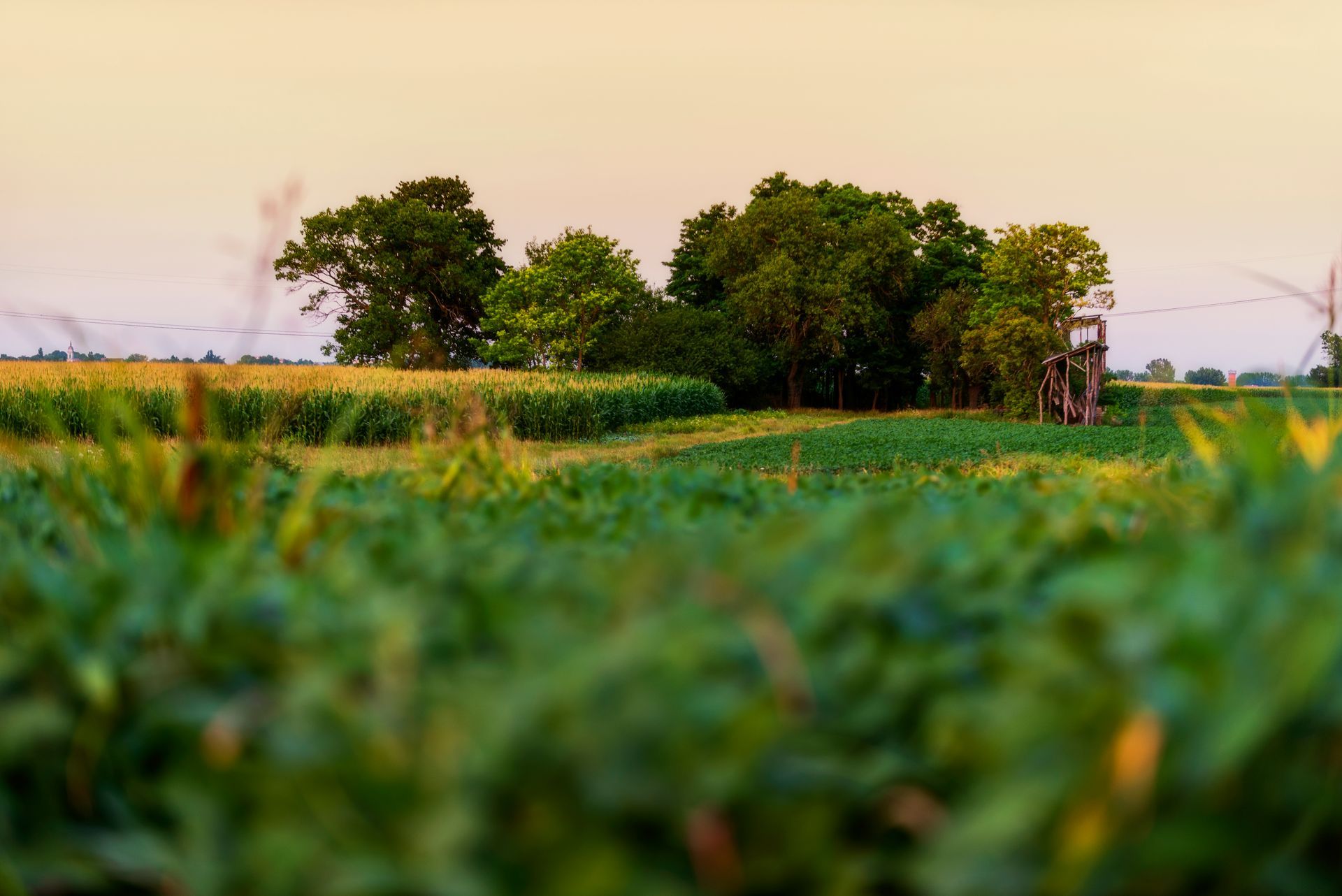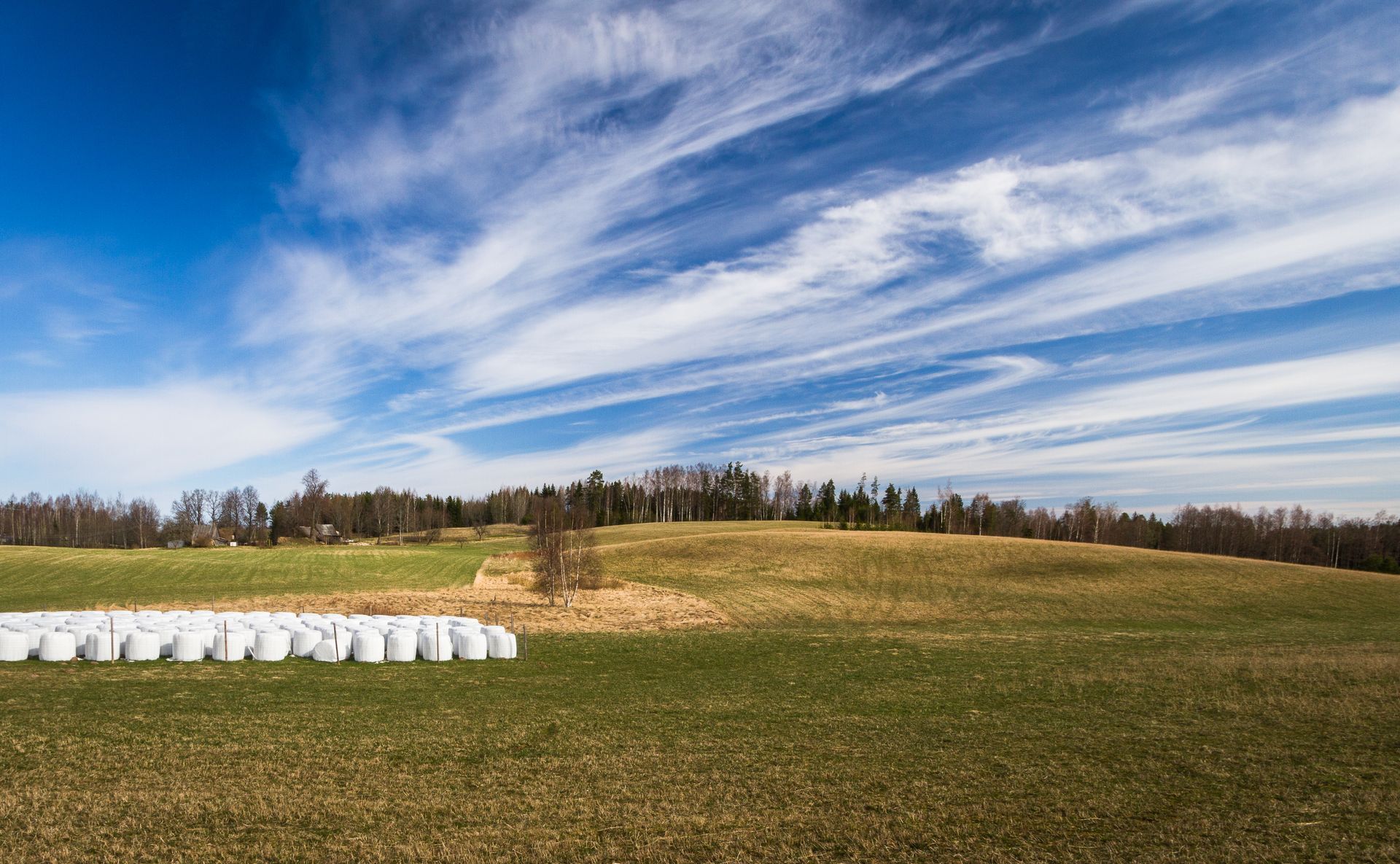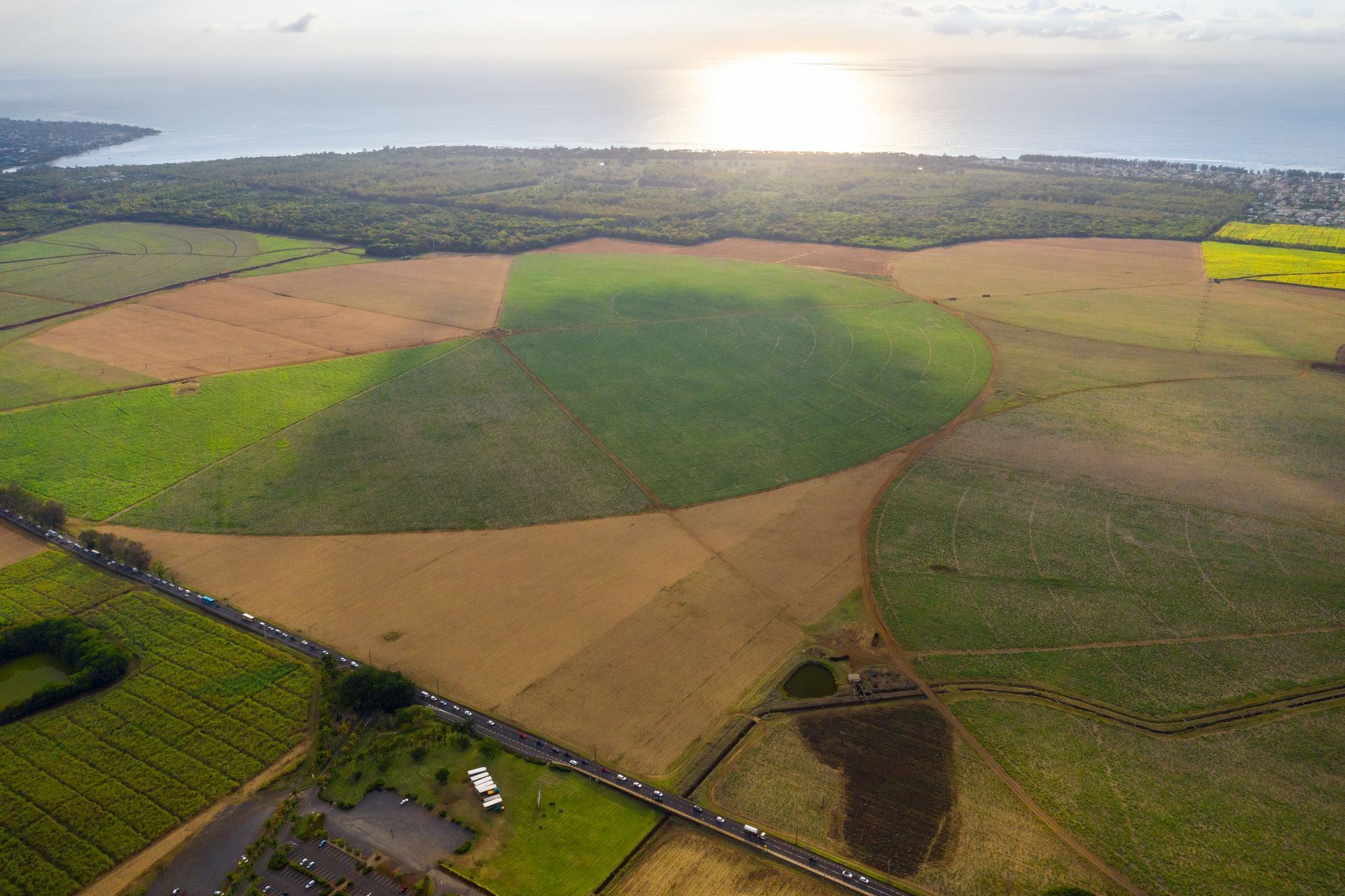
Techniques You Can Use to Improve Your Drainage Pt. 2
An investment of some time and land that could benefit your farms drainage, a woodchip bioreactor, as a way of removing nitrates from your soil. Bioreactors have been subject to many studies in Illinois and have proven removal of nitrates from your water.
A woodchip bioreactor is made by digging a 6 feet deep, and 2-3 feet wide trench, the length of the trench can be decided based on how much water is being treated, an estimation is about 10 feet of trench per acre of land needed drained. The trench is then filled almost entirely with woodchips, then covered with topsoil. Drainage water is directed via plastic drainage pipes. Water is removed at the downstream end of the bioreactor with another section of plastic tile that directs the water into a drainage main or ditch.
“I challenge producers and landowners to think outside the box a bit and think more about managing water vs. traditional drainage, which was to get rid of water as quickly as possible,” Sands says. “It’s better to think about the advanced options you might want before the drainage system is implemented vs. the cost of retrofitting the system later down the road.”
On top of that, global positioning systems (GPS) are helping farmers and growers to be massively more precise with tiling and drainage systems, far surpassing laser survey and control in popularity as methods for design and installation of drainage systems.
Not only does GPS massively change how long it takes for a farmer to survey his or her land, it helps find the precise depth that a drainage system should be at according to high or low positions in a field which is an important thing to keep in mind when dealing with a system like this. Unfortunately since tile drainage is a large monetary investment, farmers must vigilantly examine the cost effectiveness.
Ohio State University has been researching for almost 25 years trying to show how subsurface drainage increased corn and soybean sales according to their research. For every $1 spent on drainage technology, producers get back 3-4 in their soybean or corn profits.
The research was a randomized experiment with three replications. It comprised two drainage treatments — subsurface drainage and no subsurface drainage. Each plot was divided into several crop-rotation treatments: continuous corn, continuous soybeans and a corn-soybean rotation with each crop every year. The plots were then divvyed up into different tillage treatments, plow, ridge-till, no-till, strip-till and deep-tillage or subsoiling. Average corn yields increased from 24% to 39%, soybeans ranged from 12% to 45%. Sands continues to encourage producers, growers and farmers to shoot for the stars with their new systems.
Contact Us Today!
We would be happy to answer any questions you may have!
-
Address
8105 Malone Rd, Shiloh, OH 44878
-
Phone
(419) 908-5696
-
Email:
Sales@RichlandMicroDrainage.com

